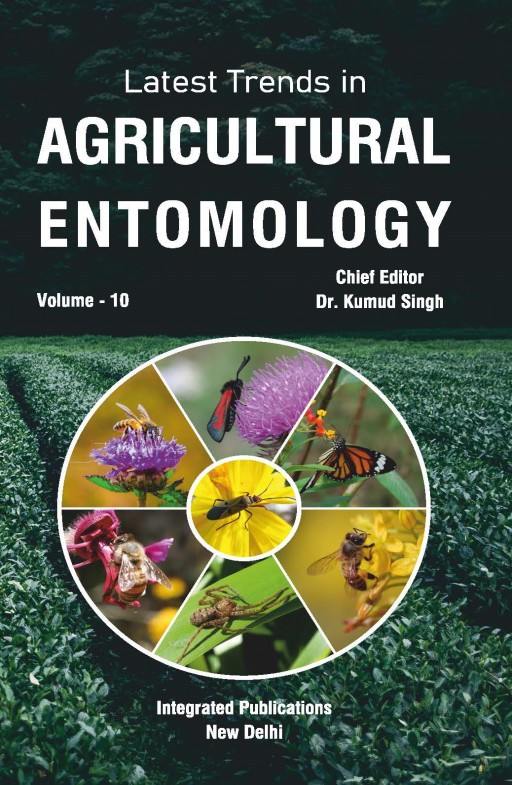Recent Advances on Silkworm


Silkworm, Bombyx mori is a monophagous insect belongs to the family Bomycidae of order Lepidoptera represents about 1000 varieties in the world. It is totally depends on the leaves of mulberry at their larval period and plays a significant role in sericulture industry. Sericulture is a science that deals with the production of silk by rearing of silkworm, ultimately of silk fibres. The entire life cycle of silkworm lasts for 40-45 days. Silk is proteinaceous in nature and considered as commercial fibre, originated from insect (silkworm; B. mori) and it is influence by biotic and abiotic factors i.e., temperature, quality mulberry, leaf rearing seasons, and genetic condition of silkworm strains. India is 2nd largest silk producer next to the china considering 15% of raw silk production. It is highly rich and more complex history dates back to the 15th century in sericulture. Sericulture is farm-based enterprise, labour intensive and commercially attractive, cottage-based rural and small-scale industry that suites to all small and marginal farmers, which provides a better opportunity for socio-economic progress in a developing country like India. One of the major attributable of sericulture having low cost investment with high productivity/yield have great biotic potential, conducting silk reeling, twisting, dyeing, weaving etc. For the activities of beneficiaries of farmer, especially women individuals, must be provides them a better education through awareness, capacity building; imparting training demonstration of processes and techniques in the sericulture. Also, sericulture in biotechnology, leading with new innovation and technologies that impacts on potential of several aspects of silkworm such as gene therapy, gene editing, nano-biotechnology, transgenic technology to producing the transgenic silkworms helps in improving the quality and quantity of cocoon, silk use as in medical and other pharmaceutical industry etc.